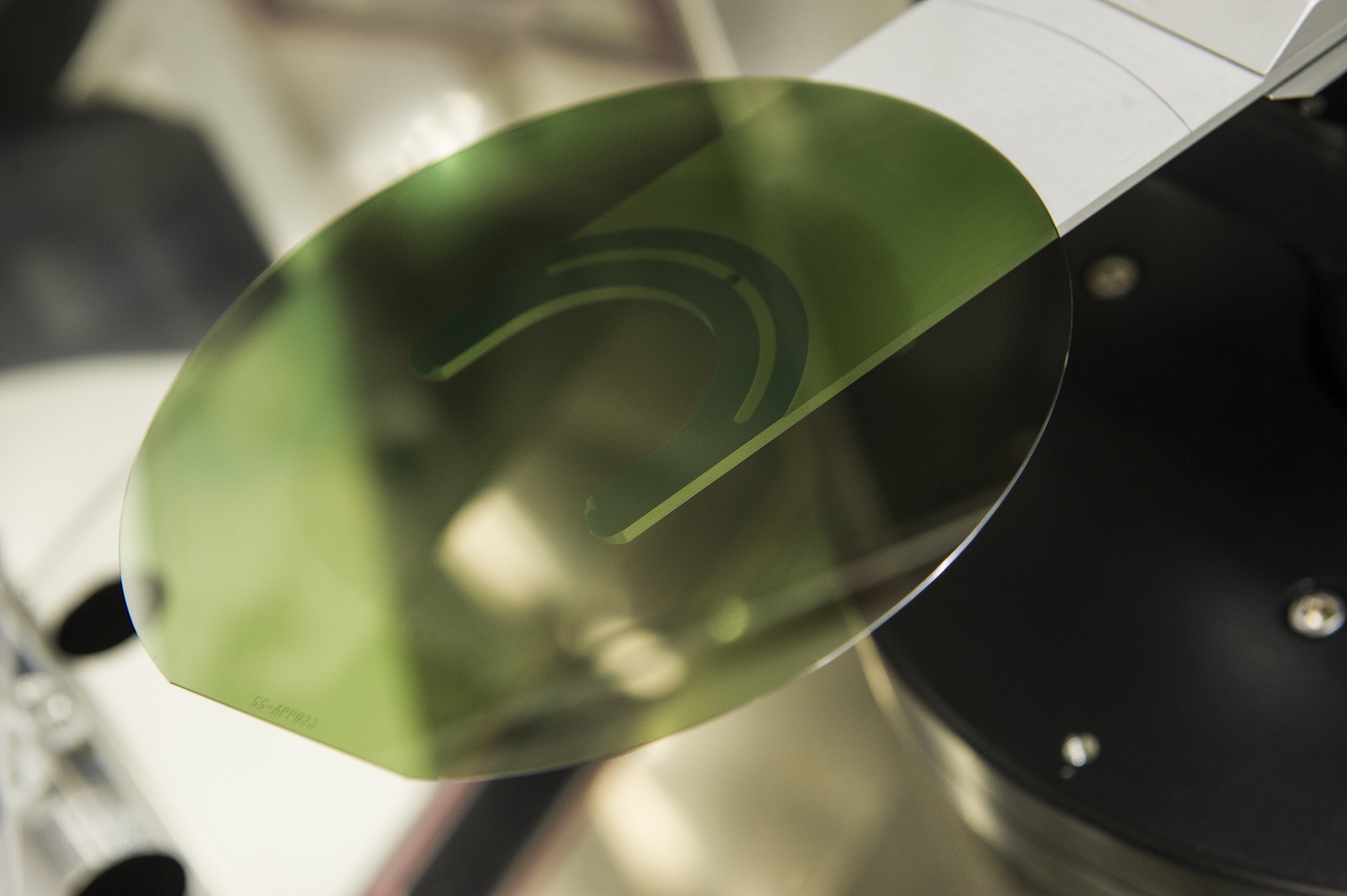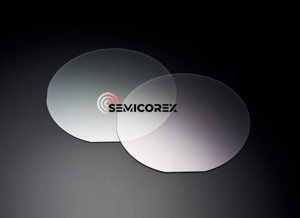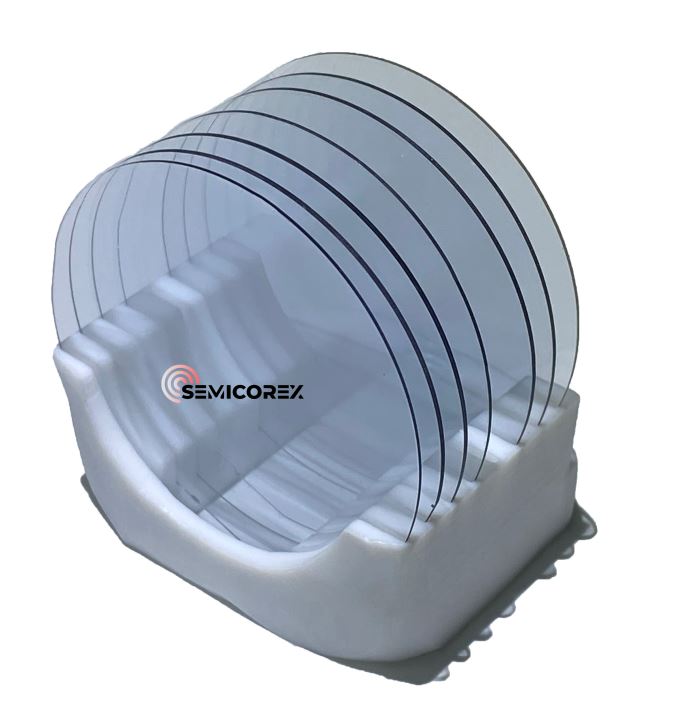
- English
- Español
- Português
- русский
- Français
- 日本語
- Deutsch
- tiếng Việt
- Italiano
- Nederlands
- ภาษาไทย
- Polski
- 한국어
- Svenska
- magyar
- Malay
- বাংলা ভাষার
- Dansk
- Suomi
- हिन्दी
- Pilipino
- Türkçe
- Gaeilge
- العربية
- Indonesia
- Norsk
- تمل
- český
- ελληνικά
- український
- Javanese
- فارسی
- தமிழ்
- తెలుగు
- नेपाली
- Burmese
- български
- ລາວ
- Latine
- Қазақша
- Euskal
- Azərbaycan
- Slovenský jazyk
- Македонски
- Lietuvos
- Eesti Keel
- Română
- Slovenski
- मराठी
- Srpski језик
News
Gallium Nitride Epitaxial Wafers: An Introduction to the Fabrication Process
Gallium Nitride (GaN) epitaxial wafer growth is a complex process, often utilizing a two-step method. This method involves several critical stages, including high-temperature baking, buffer layer growth, recrystallization, and annealing. By meticulously controlling the temperature throughout these s......
Read MoreWhat is the Difference Between Epitaxial and Diffused Wafers
Both epitaxial and diffused wafers are essential materials in semiconductor manufacturing, but they differ significantly in their fabrication processes and target applications. This article delves into the key distinctions between these wafer types.
Read MoreSilicon Carbide Substrate Core Process Flow
Silicon carbide substrate is a compound semiconductor single crystal material composed of two elements, carbon and silicon. It has the characteristics of large bandgap, high thermal conductivity, high critical breakdown field strength, and high electron saturation drift rate.
Read MoreThe Critical Role of SiC Substrates and Crystal Growth in the Semiconductor Industry
Within the silicon carbide (SiC) industry chain, substrate suppliers hold significant leverage, primarily due to value distribution. SiC substrates account for 47% of the total value, followed by epitaxial layers at 23%, while device design and manufacturing constitute the remaining 30%. This invert......
Read MoreApplication of SiC and GaN in electric vehicles
SiC MOSFETs are transistors that offer high power density, improved efficiency, and low failure rates at high temperatures. These advantages of SiC MOSFETs bring numerous benefits to electric vehicles (EVs), including longer driving range, faster charging, and potentially lower cost battery electric......
Read More4th Generation Semiconductors Gallium Oxide/β-Ga2O3
The first generation of semiconductor materials is mainly represented by silicon (Si) and germanium (Ge), which began to rise in the 1950s. Germanium was dominant in the early days and was mainly used in low-voltage, low-frequency, medium-power transistors and photodetectors, but due to its poor hig......
Read More









